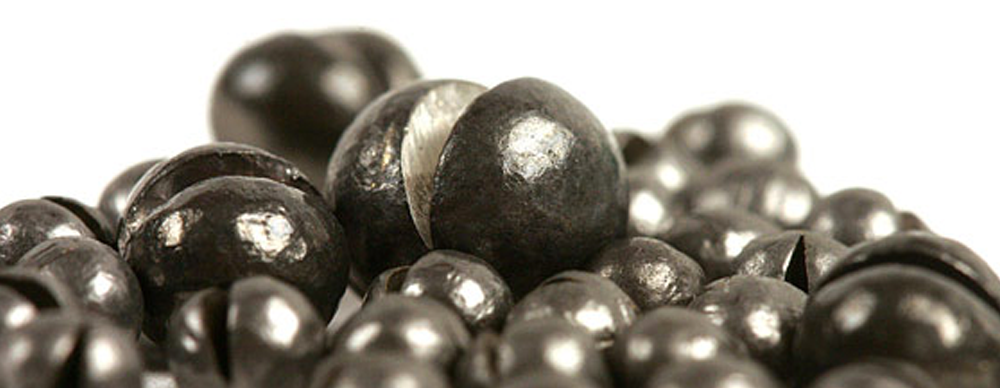This metal was heavily used back in the 1970’s in the construction of homes, in paints, gasoline, and even in the production of children’s toys and today it’s proven to be one of the most lethal metals known to man: Lead
Lead poisoning occurs over a period of months or years and even though the use of lead has been greatly reduced since the 70’s, it’s still abundantly present all around us, from the dust in our homes to the water coming out of our taps.
Lead creeps into your water supply through the corrosion of old plumbing materials, silently building up in your vital organs and tissues disrupting your body’s normal biological functioning.
For years now The Environmental Working Group has been warning the public about the dangerous of Lead, “low doses matter!”
And Neil Ward of UK’s University of Surrey confirms that even trace amounts of these metals contributes to negative changes to behavior.
Young children are most vulnerable to this toxic metal because their brain and nervous system is still developing. Lead exposure in children causes severe damage to their physical and mental development resulting in learning disabilities, hearing loss, delinquency, deficits in attention span, mental disturbances, and lowered IQ.
This damage is permanent and irreversible.
David C Bellinger, environmental epidemiologist, pediatric neuropsychologist, and professor at both Harvard’s Medical School and School of Public Health conducted a study on heavy metal toxicity in children and results revealed that Lead is responsible for about 23 million IQ points lost in children across the US.
A study in the Archives of Internal Medicine found kidney damage from Lead in teenagers and they warn that it could lead to kidney disease later in life.
Lead in drinking water also has adverse health effects on adults: raising blood pressure, affecting the brain and nervous system causing neurobehavioral changes, and chronic kidney disease.
The American Journal of Cardiology and the American Medical Association both confirm that heavy metal toxicity is directly correlated with cardiovascular disease and cancer.
These toxic metal also causes damage by competing for binding sites at chemical receptors sites in your body and prevent you from absorbing the vital minerals you need such as iron, zinc, and manganese.
Without sufficient mineral intake you can develop a serious chronic conditions such as anemia.
Lead can also step into place where normal vital nutrients would be in a metabolic process in your body and ruin the outcome. This causes severe enzyme disruption and your body just can’t function properly.
In most cases your body can’t remove this poison on it’s own and in other cases it can take up to 16 years for your body to flush it out.
And unfortunately replacing your tap water with bottled water won’t help you side step this problem. Often, up to 40% of all the bottled water produced is nothing more than tap water.
The EPA has regulations that apply to the public water supply, but they do NOT apply to the bottled water industry. So in the end, your bottled water might be even more dangerous than your tap water…
REFERENCES
- Adya Clarity 30-Day Human Clinical Trial Report. [link]
- Adya Clarity’s EPA Certified Lab Tests Reports on Water. [link]
- Lead in Drinking Water. Published by EPA (United States Environmental Protection Agency). [link]
- Lead Poisoning – Topic Overview. Published by WebMD [link]
- Sources of Lead – Water. Published By CDC (Centers for Disease Control and Prevention). [link]
- New Study Links Low-Level Lead Exposures To Kidney Damage in Kids. Published by EWG (Environmental Working Group). [link]
- Five Common Toxic Metals to Avoid, and Where You’ll Find Them. Published by Dr. Joseph Mercola with Rachael Droege. [link]
- Lead Poisoning: MedlinePlus Medical Encyclopedia. Published by National Institutes of Health. [link]
















